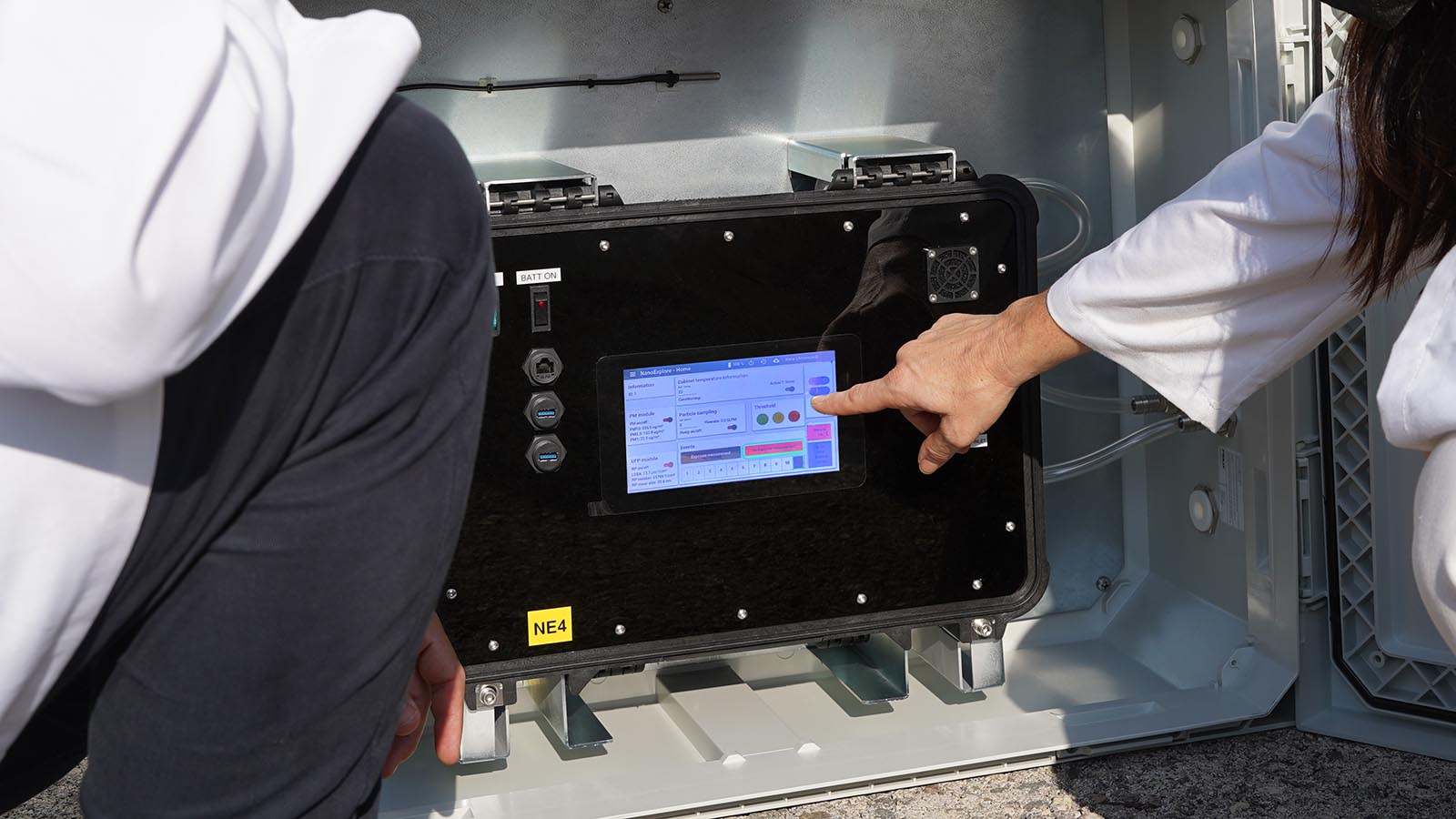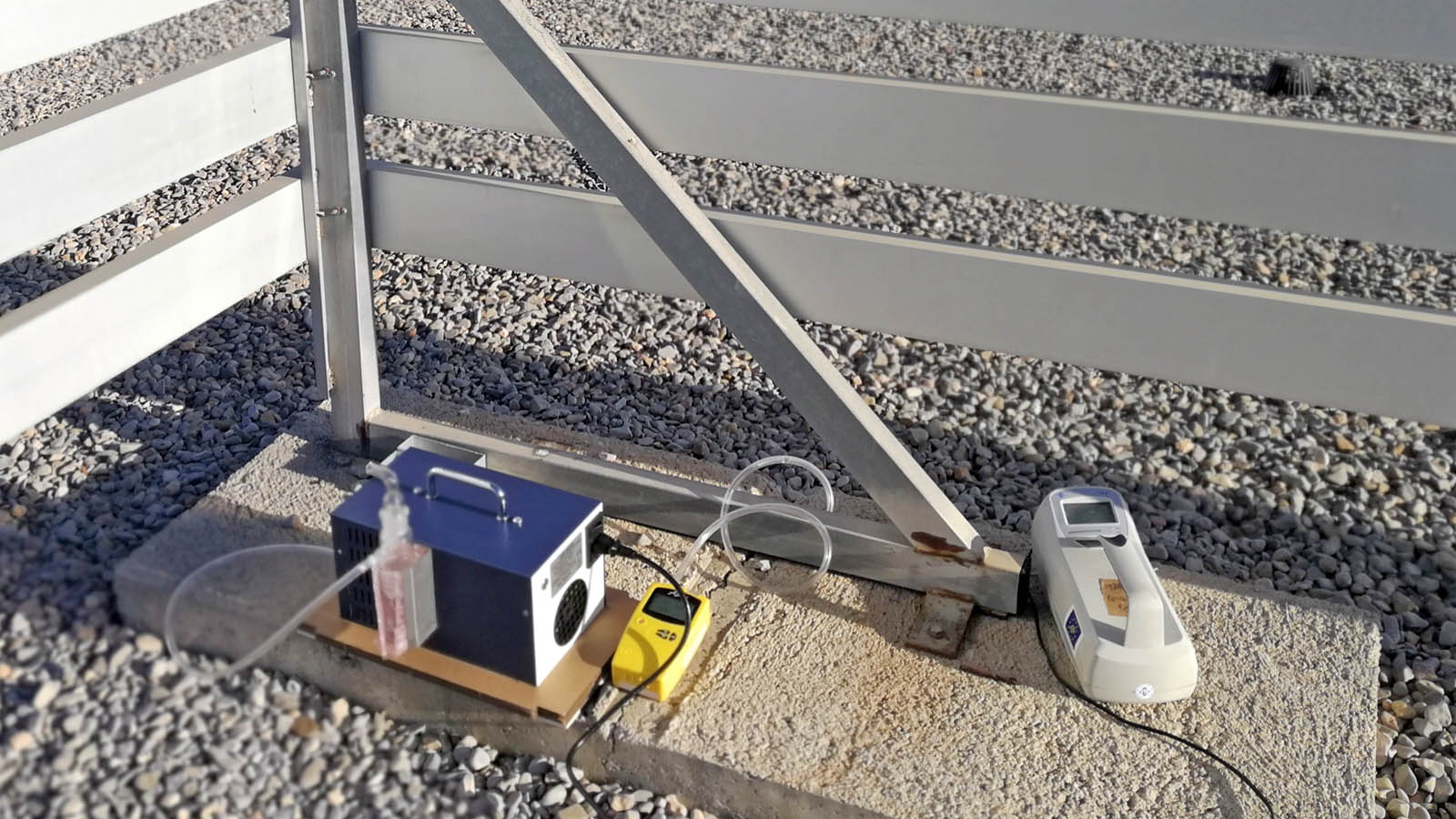Industrial air quality: Risks, solutions, and advanced monitoring
In recent years, air quality has become a strategic priority for companies in all sectors. In addition to growing social awareness of sustainability and environmental quality, there are increasingly stringent regulations on occupational health and safety. Proof of this can be found in the new European Air Quality Directive (EU) 2024/2881, which includes stricter limit values for a cleaner and healthier atmosphere, and the new approaches of the European Strategic Framework on Occupational Safety and Health 2021–2027, which promotes the EU’s leadership role in protecting workers, including revised limit values for compounds such as asbestos, lead, and diisocyanates.
In this context, adequate control of pollutant concentration levels, especially chemical agents, in production environments, as well as adequate knowledge of their health risks, is key to preventing adverse health effects and reducing occupational diseases. To this end, technological innovation in measurement and control will enable progress towards a safer, more competitive, and more sustainable industrial model.
In industrial environments, there are challenges related to both the assessment and control of indoor air quality (IAQ), particularly in areas where no industrial or manufacturing activities take place, and exposure to chemical agents and the control of industrial emissions. Unlike urban air quality, in work environments, personnel spend a large part of their day in closed environments, where it is necessary to have adequate control measures in place to ensure the comfort, well-being, and health and safety of individuals. Some of the main pollutants with the greatest impact on indoor air quality include particulate matter (inhalable and respirable fractions), volatile organic compounds (VOCs), gases such as CO and CO2, and radon gas. In industrial environments, chemical agents such as benzene and formaldehyde, respirable crystalline silica dust, and diesel fumes stand out, all of which are characterized by their potential carcinogenic effect.
Sources of pollution in industry and their impact on air quality
Sources of pollution in industry are diverse and depend largely on the activity being carried out. Among the most relevant are, for example, the combustion of fossil fuels—common in boilers and industrial engines—or metallurgical processes such as welding and cutting, which generate ultrafine particles, metal fumes, and particulate matter in fractions relevant to health. The use of solvents and paints, with high VOC emissions, in all types of industries is also a source of pollution. If not properly controlled, these processes generate cumulative exposure that can affect both workers and the natural environment.
Monitoring and controlling exposure in industrial environments are a determining factor in ensuring the health and safety of people and the efficiency of processes. When not properly controlled, the presence of particles or certain gases and volatile compounds can affect workers’ health, promoting the onset of respiratory or cardiovascular conditions, as well as work-related ailments such as occupational asthma. These situations do not always manifest themselves immediately, but their cumulative nature highlights the importance of prevention and continuous monitoring.

Beyond health, unintentional emissions can have an impact in other areas. Environmentally, they can contribute to the disruption of ecosystems and the loss of biodiversity, as well as playing a role in global phenomena such as climate change. At the same time, industrial equipment and infrastructure are also affected, as certain pollutants accelerate corrosion or wear processes that reduce the useful life of critical assets.
All of this translates into an economic impact that is not limited to possible repairs or unplanned downtime, but also affects productivity and the costs associated with sick leave. Therefore, taking a comprehensive approach to industrial air quality is not only a commitment to health and the environment, but also a strategy for competitiveness and efficiency for organizations.
Solutions to mitigate air pollution in industry
Effective management of air quality and exposure to chemical agents in industrial environments requires a comprehensive approach that combines technological innovation, good operating practices, and preventive maintenance. The most notable strategies include dust and fume collection systems to reduce airborne particles in critical areas, filtration and purification technologies adapted to each type of pollutant and process flow, as well as process optimization and the replacement of materials with less polluting alternatives. Likewise, preventive maintenance and control at the source are essential to ensure efficient equipment operation and minimize risks associated with environmental exposure.

In this field, ITENE plays a key role, developing customized solutions based on advanced environmental monitoring technologies. Its systems enable the accurate detection and measurement of pollutant concentrations in real time, including nanomaterials, providing companies with tools to protect the health of their workers, preserve the environment, and optimize the efficiency of their production processes. Thanks to its combination of technical knowledge, innovation, and applied experience, ITENE helps transform the control and monitoring of emissions and exposure to pollutants into a competitive advantage and a tangible commitment to sustainability and safety.
Nowadays, having real-time information is essential for decision-making. Digitization has enabled progress towards intelligent monitoring systems that provide continuous data on specific pollutants. These systems, combined with measurements taken by prevention technicians and/or measurements carried out to assess indoor air quality, facilitate risk assessment and the implementation of immediate measures.

That is why the trend is towards integrated solutions that not only measure, but also predict exposure scenarios and optimize environmental management proactively. ITENE is working along these lines, developing tools that incorporate advanced sensors, data analytics, and artificial intelligence to transform monitoring into a competitive advantage.
Ultimately, indoor air quality and the control of exposure to chemical agents in industrial environments is not just a matter of regulatory compliance: it is a decisive factor in protecting workers’ health, preserving the environment, and ensuring the competitiveness of companies. Measuring, understanding, and acting on the risks associated with pollution in production environments requires a combination of technological innovation, responsible management, and a commitment to sustainability.
New technological tools such as advanced monitoring, promoted by technology centers such as ITENE, represent an essential step towards safer, more resilient, and more sustainable industrial environments.


